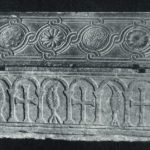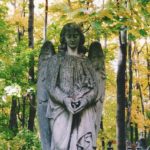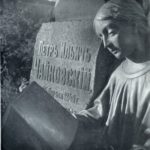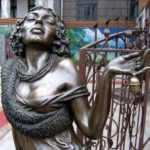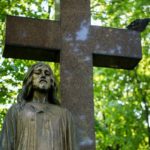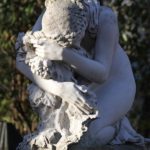Unknown sculptors Russian cemetery monuments

Unknown sculptors Russian cemetery monuments
Ivan Onufrievich Sukhozanet (1788-1861) – Russian military engineer, general from artillery, director of the Corps of Pages (1833-36). Under Nicholas I was in charge of the system of military education. The brother of the military minister N. O. Sukhozanet, the owner of the house on Nevsky Prospekt. General Suhozanet was twice married. His first wife – Reina Ivanovna Godymin-Belozor (1789-1823), their two daughters died young.
The development of memorial sculpture and small architectural and memorial forms has never been a separate process, inherent only in this genre. Throughout its path, the artistic tombstones developed in the general channel of national Russian art, in a single stylistic framework, only slightly behind the pace of the development of civil monumental and decorative art. Rather, a little longer lingering on the positions of the previous period.
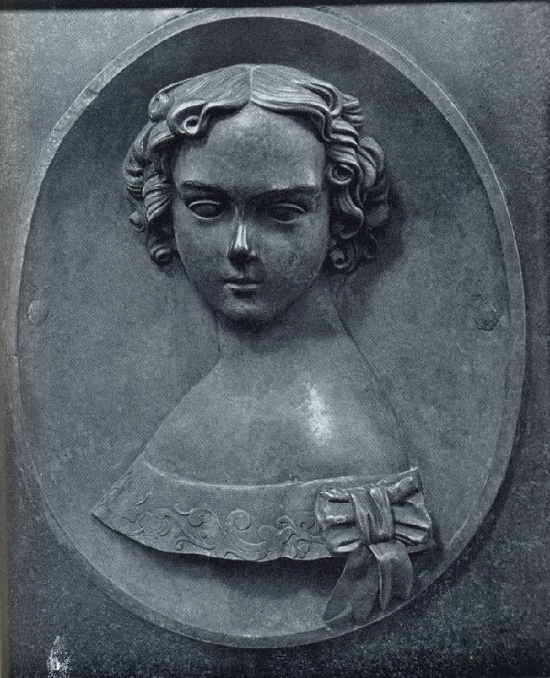
In fact, the dominant type of Russian tombstone in the first half of the new century continues to be tombstone plate. For many years ahead, this traditional form, born in Russia as far back as the 13th century, remains the most popular and widespread in Russia.
At first, at the turn of two centuries, the plate does not differ much from its ancient predecessor: it is also mounted on the wall or on the floor above the burial place, the same slim text of the inscription covers its entire surface, and the edge of the slab is usually trimmed with an ornamental stripe. However, already in the first years of the XVII century the ornament becomes more diverse, acquires a more magnificent character; flat thread replaces the relief. An inscription from whimsical curls, with titles and other features of the old Church Slavonic letter, is combined with an ornament. It obeys the entire text composition, the size of the letters, the character of the font, the depth or the height of the relief, etc. As in the second half of the XVth century, the motives of the plant character still predominate. But over time new solutions are coming, the tendency of thematic interpretation of the relief is growing, solemn heraldic signs, emblems appear and, finally, whole relief compositions with developed semantic content. They tell us about the nobility of the clan or the high social status of the deceased, about his state activity, his merits, and so on.
From the first half of the XVII century a significant number of such plates have survived, mainly on the territory of old cemeteries. Many are kept in museums in Moscow, St. Petersburg, and other cities of Russia. Being mostly genuine works of art, they are also of scientific interest, because they contain the most diverse information from Russian history, literature (especially epigraphy), textology and other fields of knowledge. In addition, they reproduce a graphic picture of the origins and development of Russian heraldry, not to mention the domestic allegory.
This vast collection is extremely diverse in its appearance, material, technique, and theme. Here we see the evolution of the Baroque monument from the first steps of the style to its culminating period of development. The grandiose art of the Baroque, the most significant stylistic trend in Europe of the 17th and early 18th centuries, reigns in Russia until the end of the 17S0-s, reflecting the pathos of the country’s victories in the first quarter of the century and the creative spirit of this time.
With all the variety of artistic and technical methods and some local features of the style, for example the Moscow Baroque, the memorial works of the first half of the eighteenth century have a common feature for all, the main for the art of this historical era – the secular content of the image.
In fact, the graves of almost the entire St. Petersburg society of the XVIII century are in the Alexander Nevsky Lavra. The second famous collection of memorials is the Donskoy Monastery in Moscow.
Wide use of cast iron in Russia has been beginning since the first years of the XVIII century. The Siberian and Ural iron-making and copper smelters of the Demidovs were famous. The famous Kasli iron foundry also manufactured gravestones.
Along with cast-iron in the 1720’s there are bronze memorial plates, first in wall variants, reminiscent of modern memorial plaques. Bronze is firmly embedded in Russian art, to which the factual qualities of this irreplaceable material in casting and coining, which can best answer the complex technique of performing the finest baroque compositions, contribute to a considerable degree.
The Russian tombstone, meanwhile, illustrates the sober Russian attitude towards death. Among the numerous antique emblems of cast-iron decor on the granite obelisk of the Pukolovs (early 19th century) with purely Russian spontaneity are two laughing skulls! Such, seemingly unpropriate to the mood and place sculpture accompanied the verse epitaph: “A passer-by, you go, but you’ll lie like I” – and ended with advice: “I’m at home, you are a guest, think about yourself. .. ” In addition, a symbol of wisdom – an owl sculpture on the tombstone proves this philosophically affirming indisputable logic of life and death.
Indeed, in the Russian tombstone, with all the drama of the theme, we almost never see the embodiment of horror before death. This feature of the national memorial image was brilliantly developed in the works of the great masters of Russian sculpture of the era of classicism.
The last quarter of the XVIII and the first XIX century is rightly called the “golden age” of Russian art. This is the period of the highest flowering of all its species, especially the art of sculpture. At this time, Russian monumental and decorative plastics acquired special development. In synthesis with architecture, it reached the most perfect form and unprecedented imaginative power. It is this commonwealth that is responsible for the rapid development in the era of classicism of relief, especially monumental.
Since the first years of the XIX century, in the memorial constructions, as already noted above, the role of architecture is growing. The monument is diverse – in the form of a mausoleum, portal of the edikul and other classical architectural forms. In other words, the tombstone becomes a “temple of memory”, and the sculptural addition of a statue or relief revealed its theme. In some cases, the memorial monument is generally solved only by architectural means, even without the participation of the sculptor.
Unknown sculptors Russian cemetery monuments
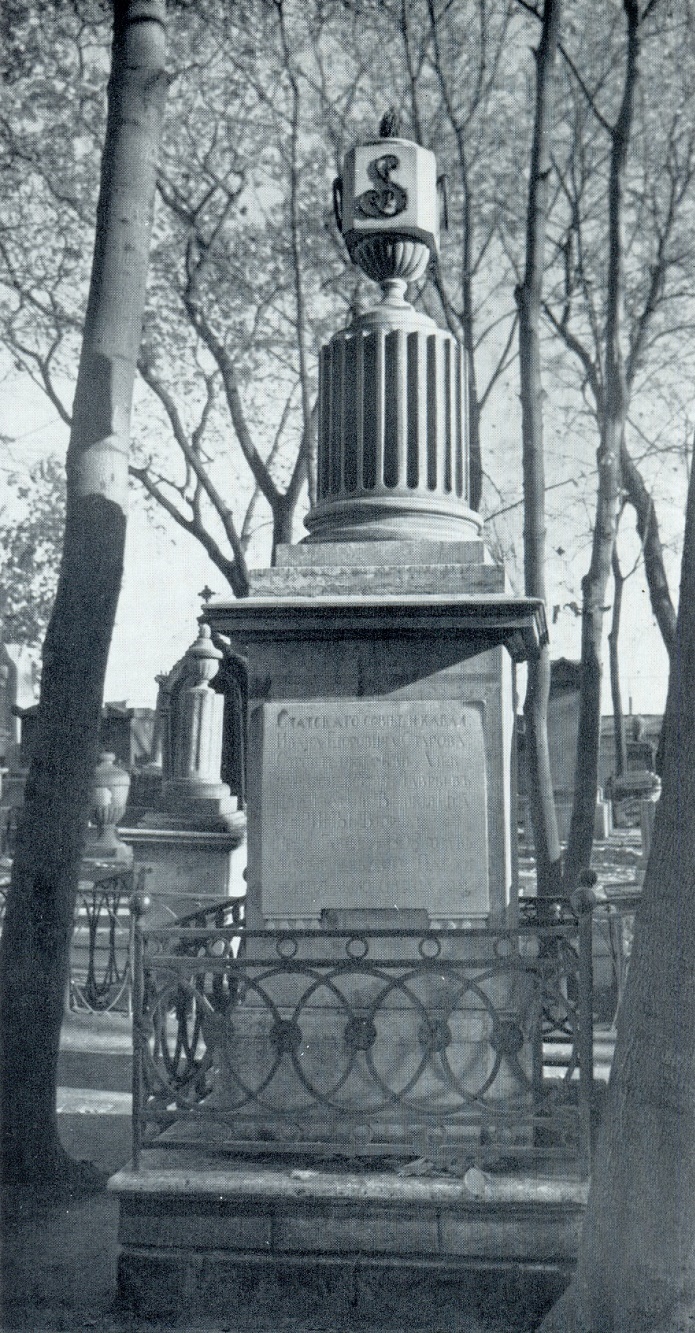

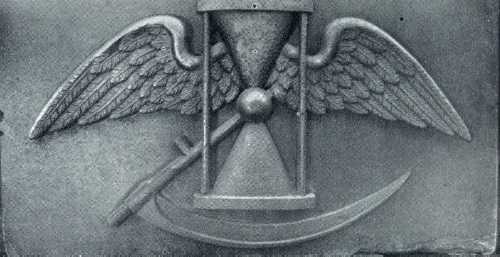
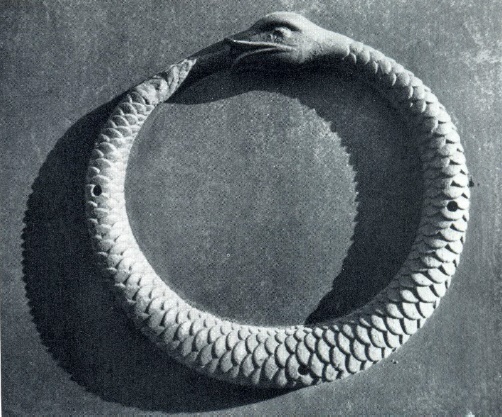
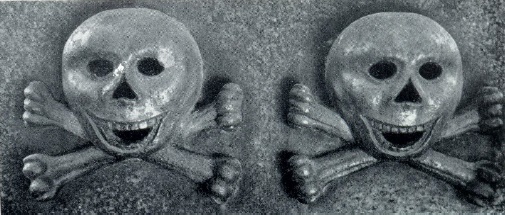
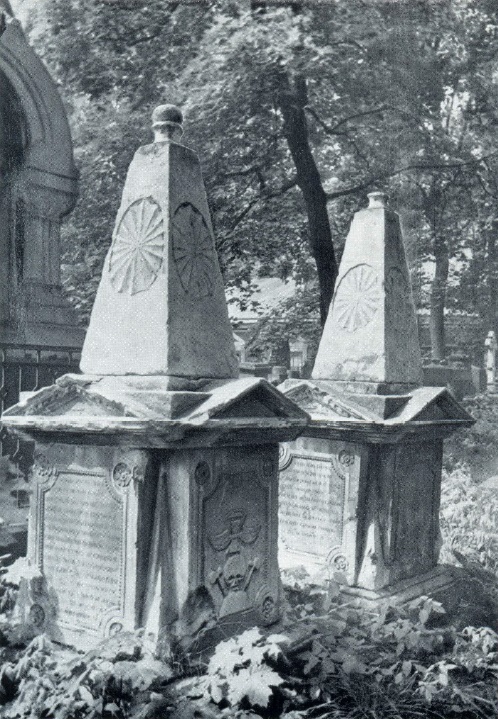
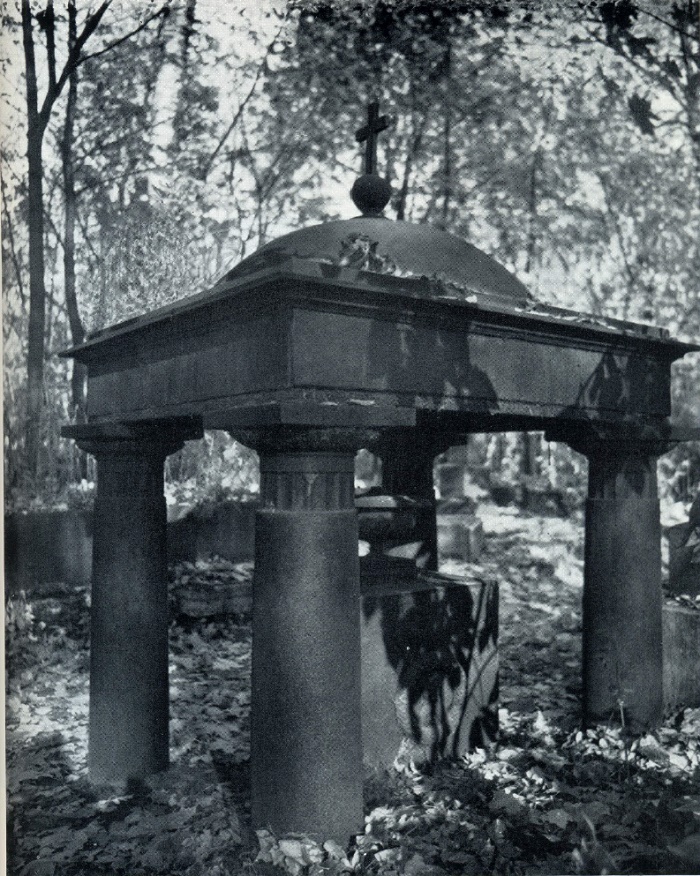

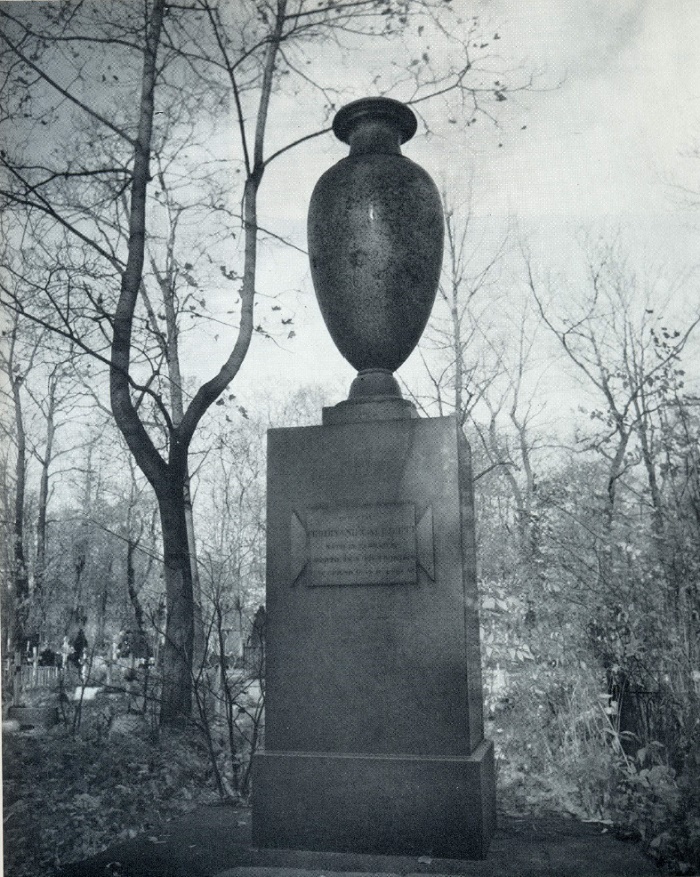

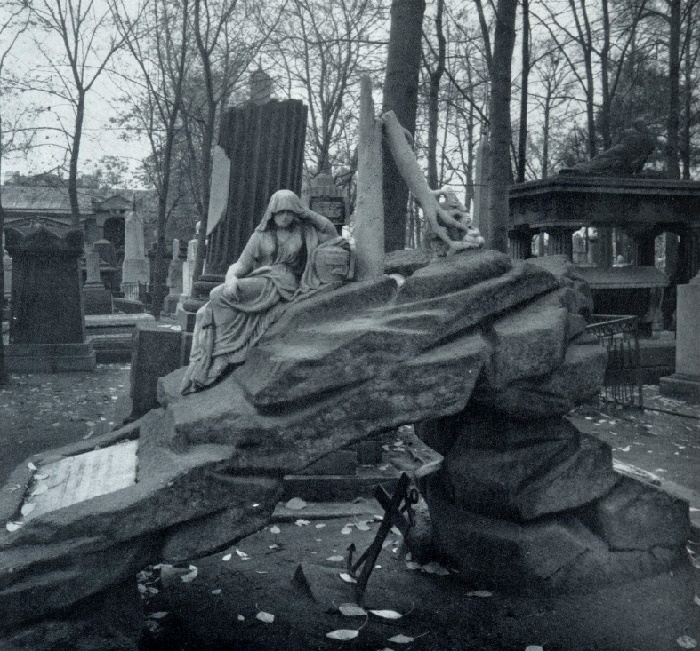
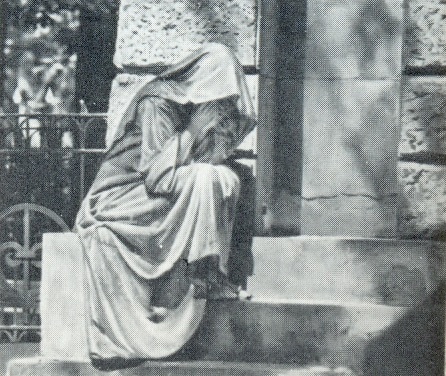
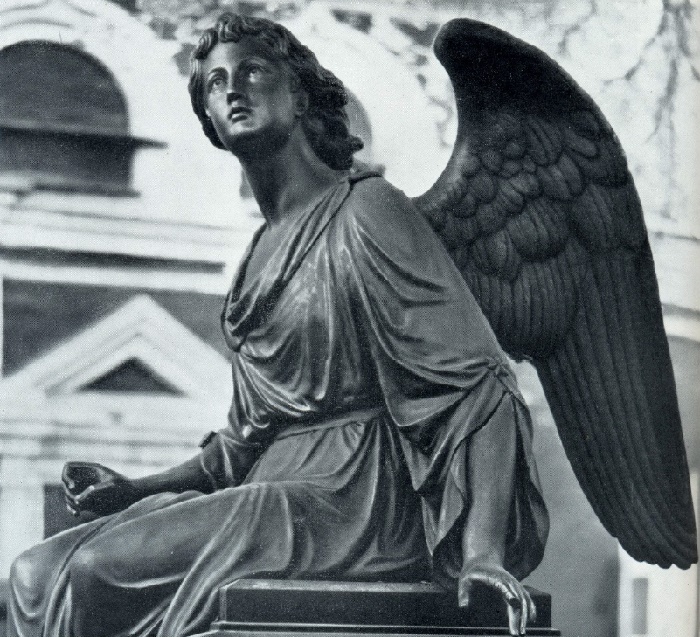
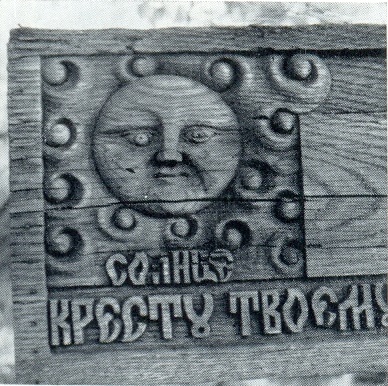
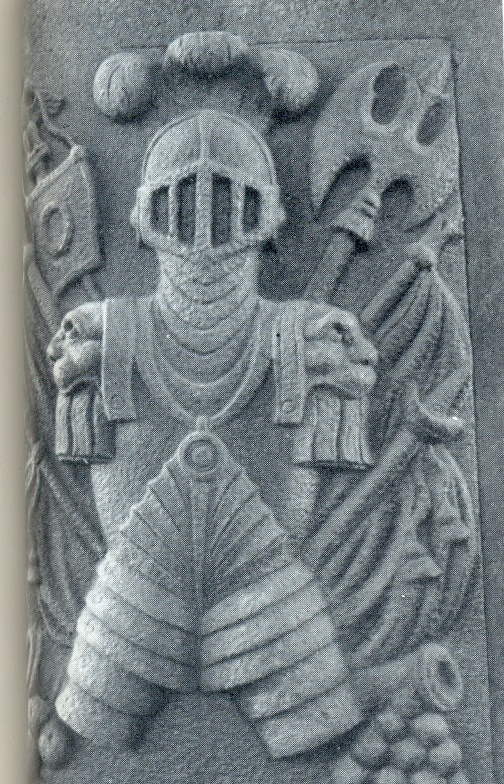

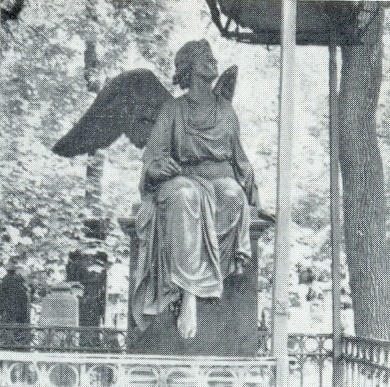

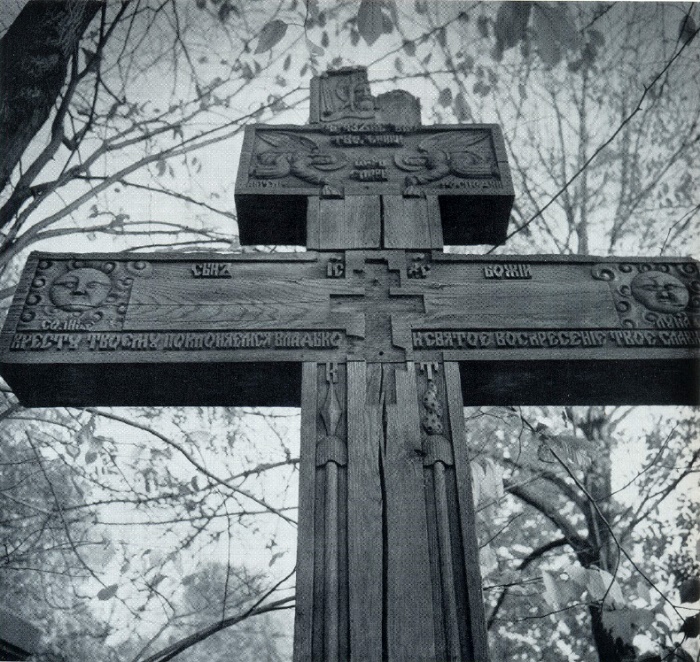
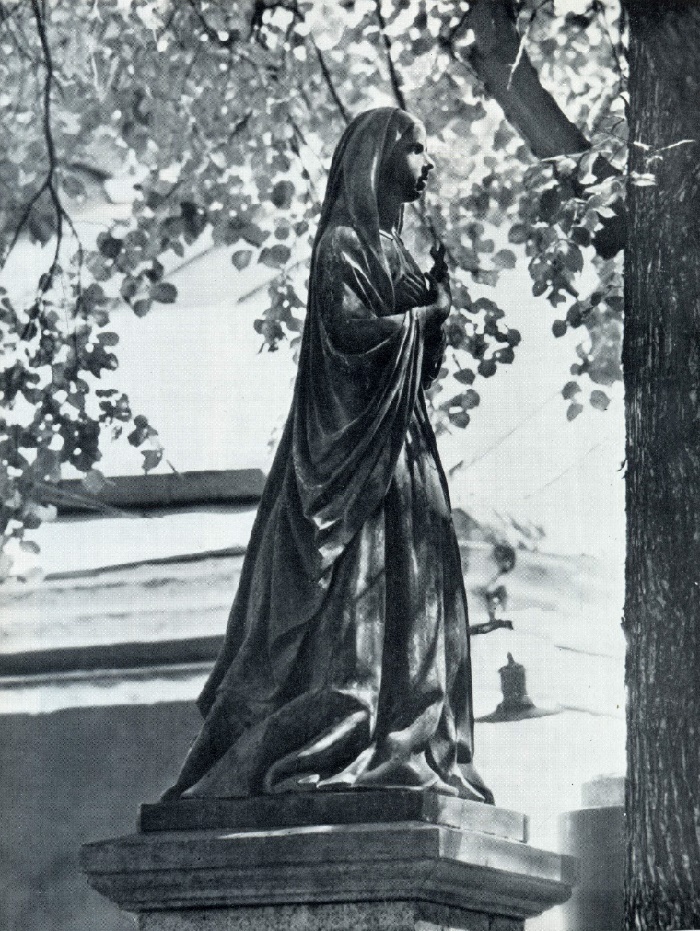
source: Russian memorial sculpture. Moscow “Art”, 1978
